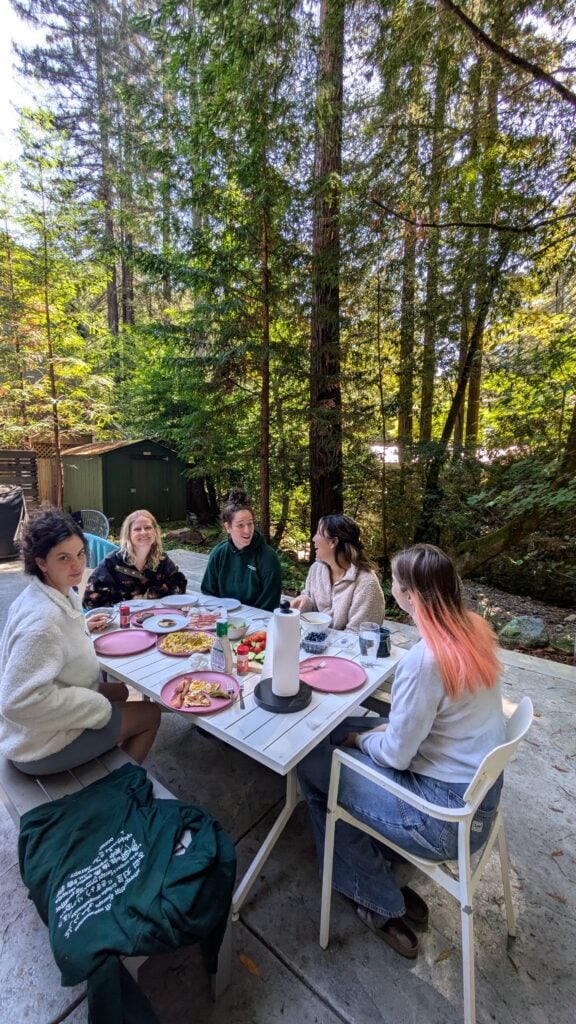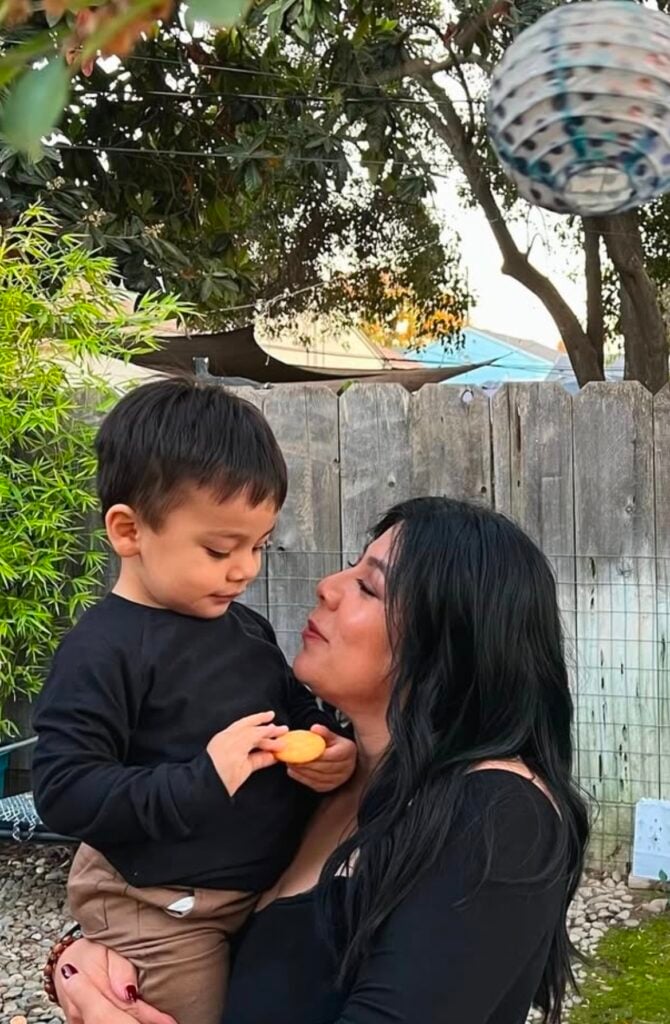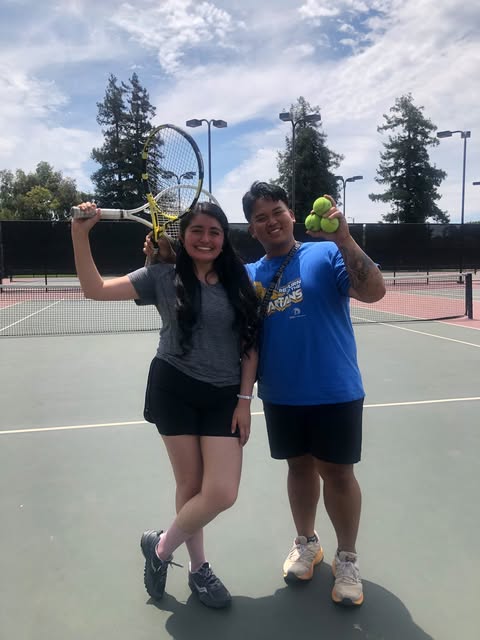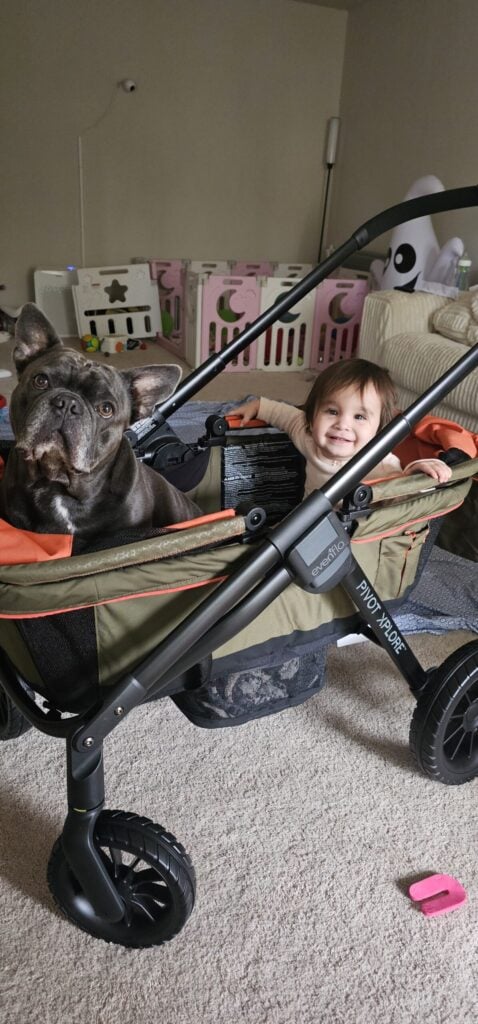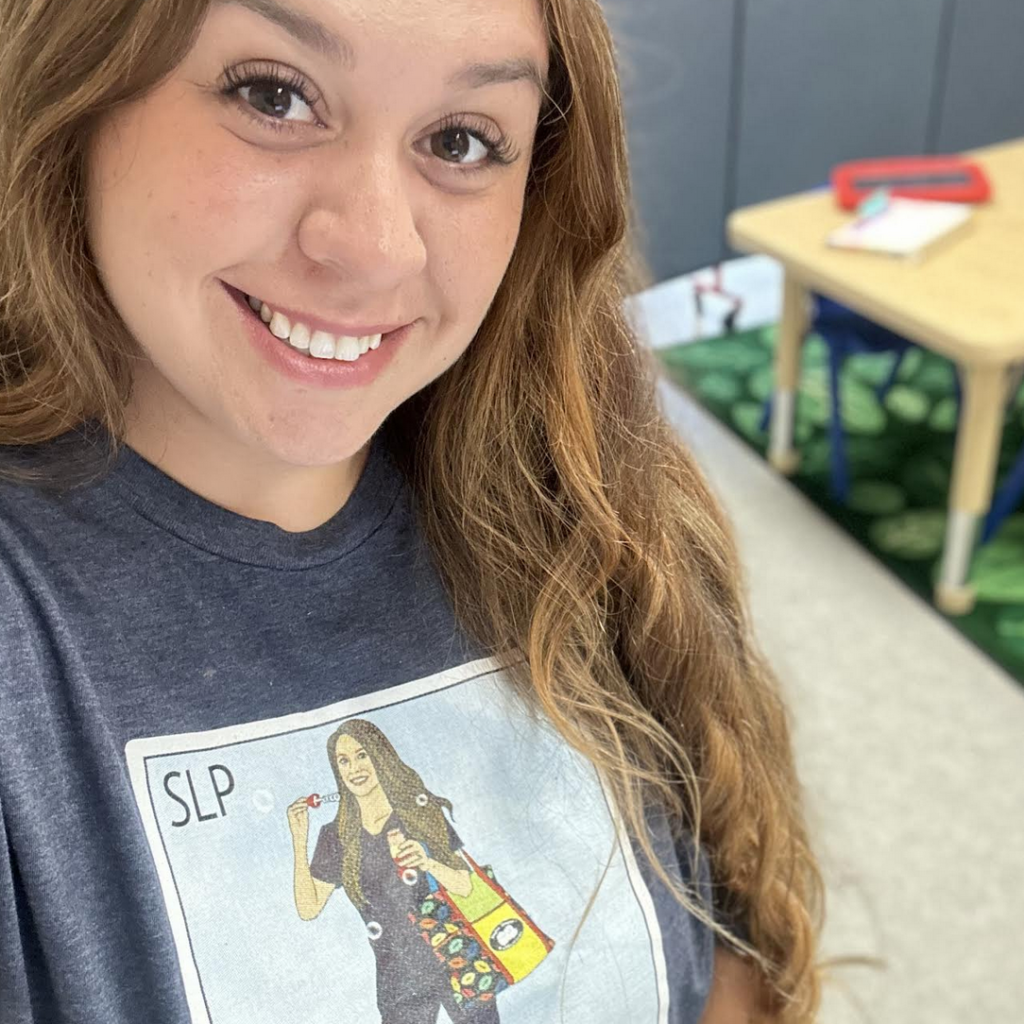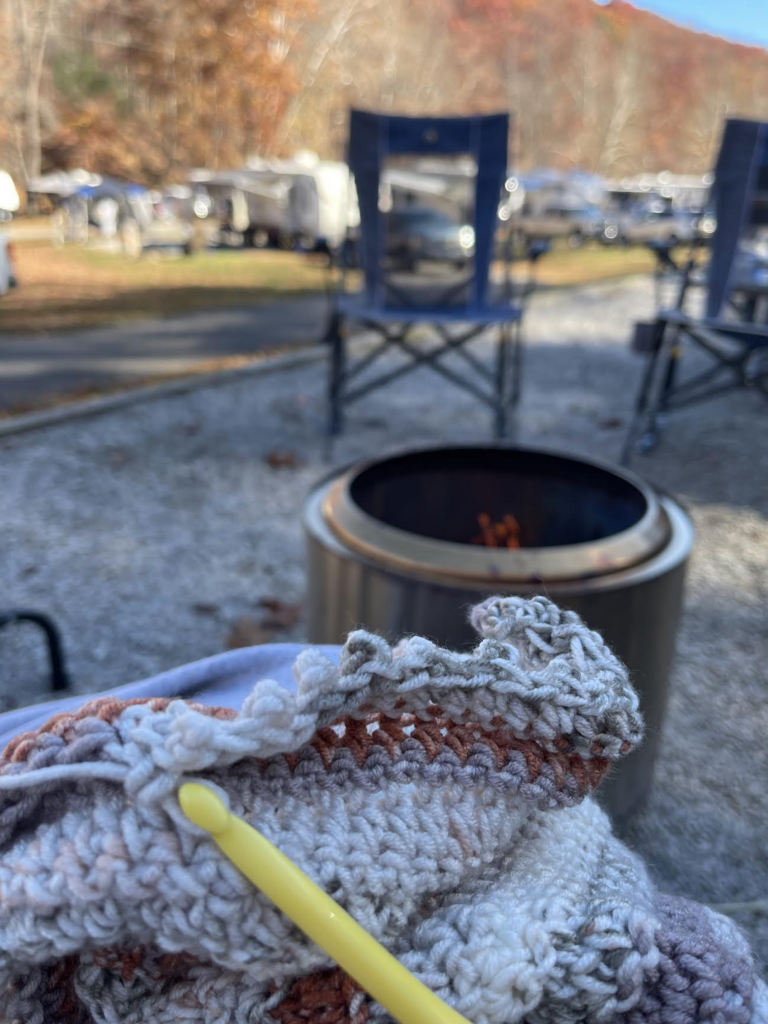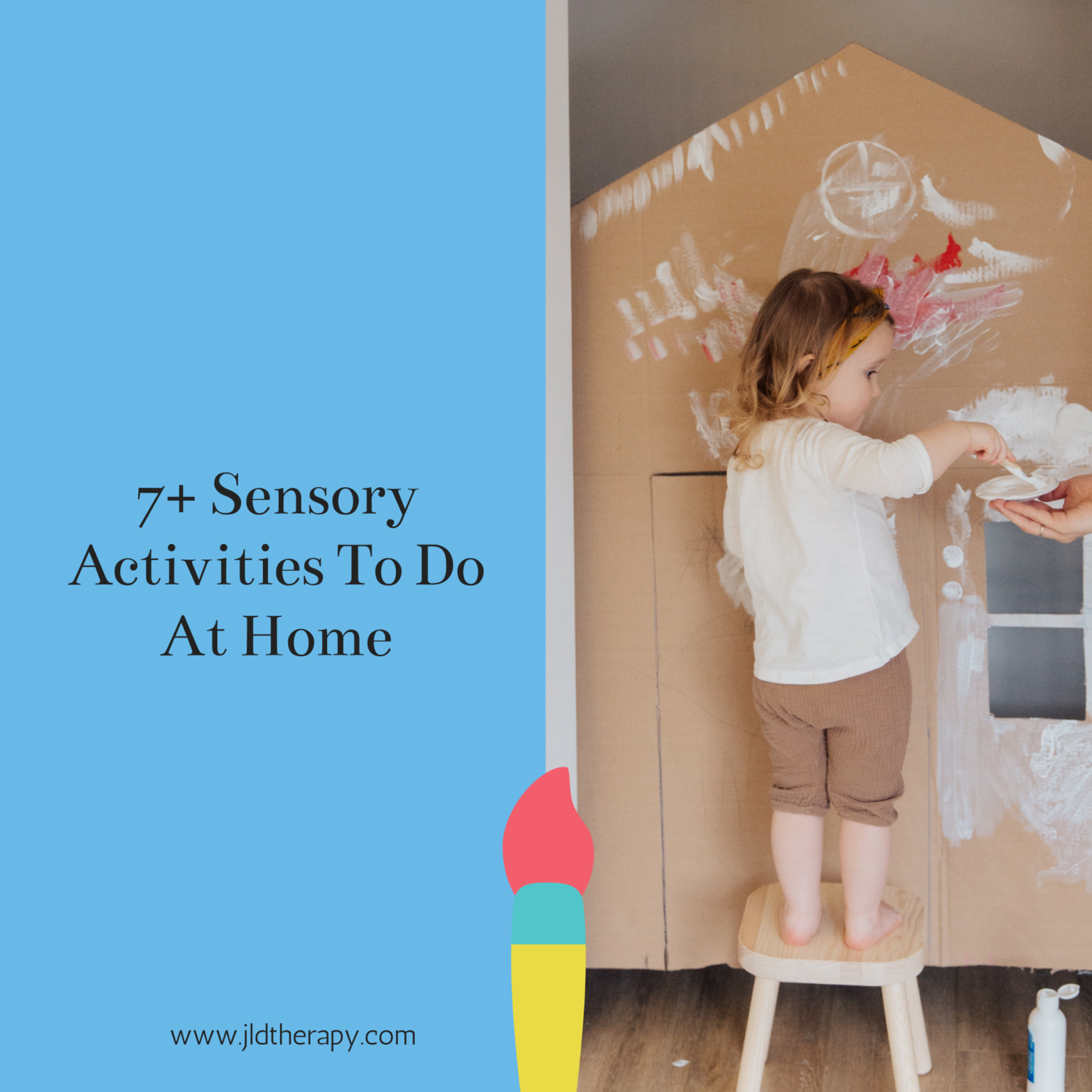
Sensory Activities are activities that stimulates your child’s five sense, namely sense of smell, touch, sight, hearing and listening. In occupational therapy, we add two more senses- vestibular and proprioceptive sense. Our vestibular sense is our sense of movement and our proprioceptive sense is a body’s awareness of its awareness.
Why are Sensory Activities Important?
This is question a lot of parents ask us. We encourage sensory activities for toddlers because it helps them make better connections with the world they live in. It improves their motor skills, their cognitive skills, their balance and many other skills that helps them interact confidently with their environment.
7+ Sensory Activities To Do at Home
You can easily practice these sensory activities at home with your child:
Water Beads
Water Beads, also known as Orbeez, can be a very fun activity. Soak a cup of these water beads in a big tub of water (according to instructions on the packet). In water, these water beads will grow up to the size of marbles in a few hours. For best effect, soak them overnight. Let your child play with these squishy, soft balls.
If you aren’t big on mess when it comes to sensory play, this is the ideal activity for your child.
Sensory Bin
Kids LOVE sensory bins. You have so many options in filling them with fun things for the kids to play with. You can get a big tub from any store and fill it with any of the filler below to create a fun and engaging toy.
Here’s are some ideas for fillers for your sensory bin:
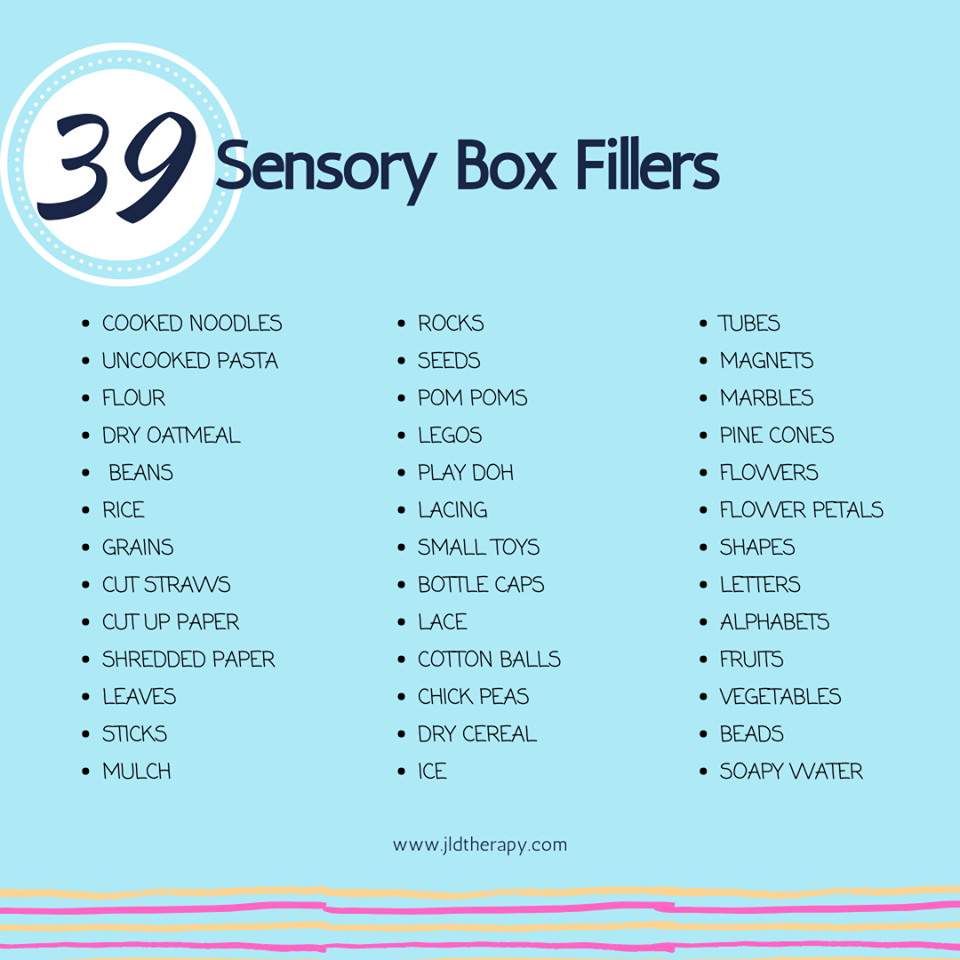
Hand Or Feet Painting
Painting is a great way to get your child’s sight and touch in action together. If you have a big cardboard box lying around, or even a shower curtain liner, you can use it for your child’s next art piece. Get some washable paints and let them have their fun. Make sure they are wearing an apron or old an tee while they are having fun. Have them use their hands and feet as their paint brushes.
Join in yourself and help your child create a masterpiece!
Twister
Twister can help your child explore their sense of touch, and develop their proprioceptive skills. You probably already know how it works. Players spin the spinner and they put their hands and feet on the color the spinner needle points to.
Along with being one of the best sensory activities, Twister is also a fun family game. Games are the best ways to build a strong bond with your child.
Herb and Spice Playdoh
Playdoh is the ultimate motor skill development tool. You can make it into a sensory development tool my adding herbs and spices when making your playdoh. To make herb and spice playdoh, all you need is:
- 2 cups all-purpose flour
- 3/4 cup salt
- 4 teaspoons cream of tartar
- 2 cups lukewarm water
- 2 Tablespoons of vegetable oil (coconut oil works too)
- 4 Different herbs and spices
- Food coloring, optional
Mix flour, salt and cream of tartar. Now add the water to the dry mixture. Make it into a dough form. Rub the vegetable oil in your hands and roll the dough with it.
Now divide the dough in four portions. In each portion one herb and a color. Knead thoroughly. Let your child enjoy the fun.
Make Lemonade
Or if your child isn’t a huge fan of lemonade, use another citrus fruit. The options are endless. Even if your child doesn’t easily take to new foods, it’s important to keep introducing new foods and smells to their sense of smell assimilate to all the wonderful smells in the surroundings.
Get your child squeeze the fruit using their hands or a squeezer. Challenge each other to take a taste! Let them explore the new textures and smells of the fruit.
Obstacle Course
Make an obstacle course where you let your child explore different space, texture, heights. Let them jump on a pillow, hop on tiles, bounce balls. crawl under chairs, etc. Navigating space helps your child build his proprioceptive sense and help them improve balance and coordination.
Wash The Car/Dishes
Give your car a bubble bath. Or put in some dishes in the sink and let your child wash them. Try putting different materials like glass, plastic and even copper dishes. Be thoughtful in helping them not break the glass and injure themselves.
Some other easy sensory activities to do at home are:
- Blow Bubbles
- Play hopscotch barefoot on the sidewalk
- Play with colorful scarves
- Painting seashells
- Playing catch
- Mystery Bag Guess the Object
- Simon Says
If you have concerns regarding your child’s sensory stimuli, give us a call at (408) 337-2727 or book a free 15-minute consultation with us online.








